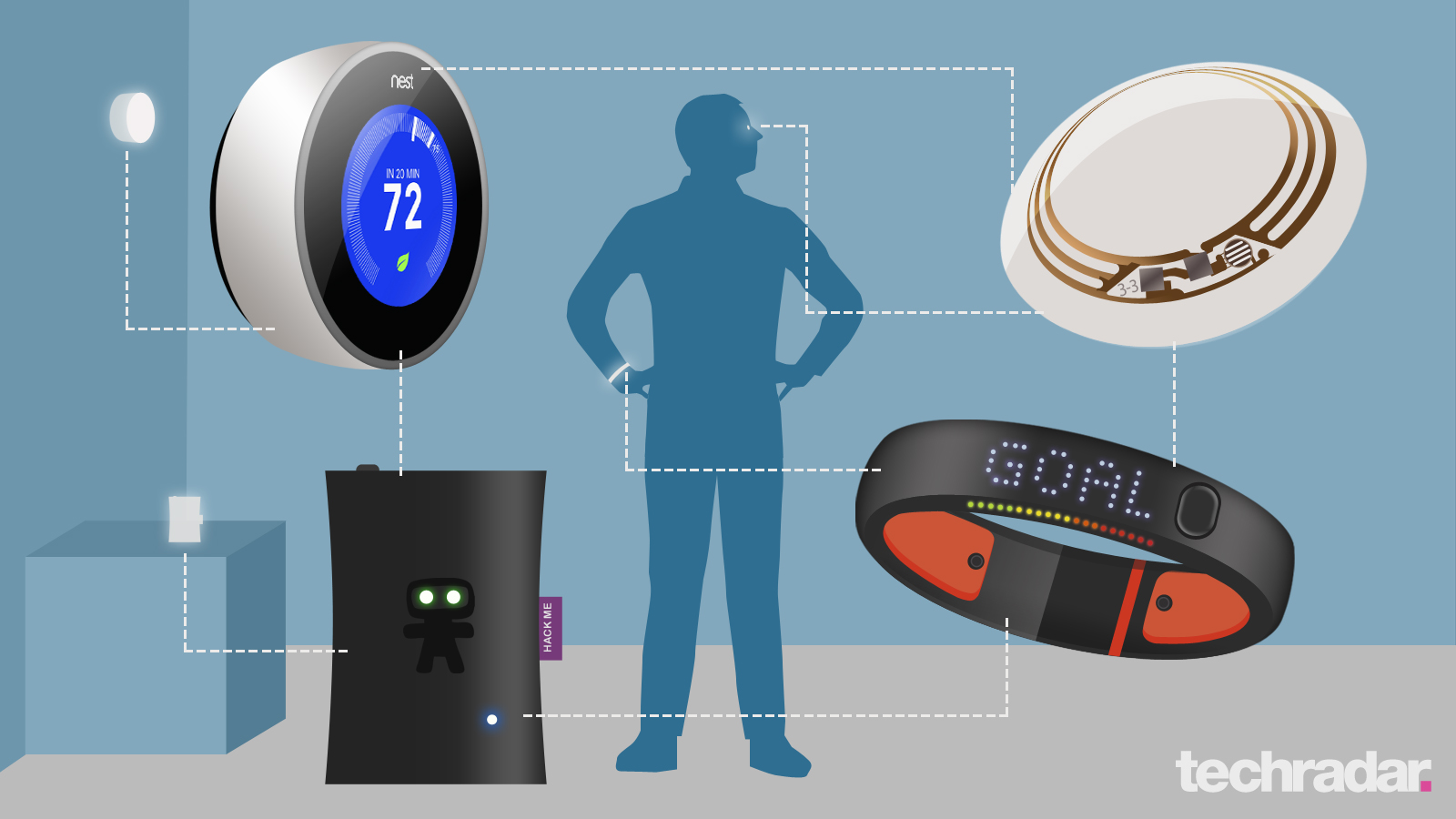Preparing your enterprise for the internet of things
What will it mean for your sector?

Since nearly everything that technical and business innovators want to do around the internet of things (IoT) needs to make use of Internet-level protocols, the intersection of the IoT and the future will to a very great extent happen on the web.
What is critically required is an entirely new architecture - a 'web communications' architecture - since the 'things' these innovators want to talk to are typically encircled by web infrastructure like firewalls and proxies.
We speak to Vikram Mehta, CEO of KAAZING, a San Jose-based web communications infrastructure company and provider of IoT Websocket software, whose mission is to accelerate the Web for ensuring the performance of the IoT is maximised.
TechRadar Pro: What impact will the Internet of Things (IoT) have on an enterprise?
Vikram Mehta: If you look at the explosive growth in connected devices, predominantly web-enabled and Web-accessible devices, the demand for live and event-driven information over the Web, or as some call it IoT, will grow exponentially.
At this expected rate the growth of data distributed over the Web, and Internet, will outpace the performance principals of Moore's Law, which we depend on to ensure that our hardware can keep up with our needs.
The legacy systems that we are currently using and deploying were never designed for the performance and scalability demands required by the new generation applications that are accessed at any time and anywhere, from any device.
Are you a pro? Subscribe to our newsletter
Sign up to the TechRadar Pro newsletter to get all the top news, opinion, features and guidance your business needs to succeed!
It's a simple matter of physics and computer science - the traditional web and internet technologies of the last 18 years won't take us through the next ten years.
Rather than relying on legacy solutions and continue down the traditional technology path, enterprises should select new established IoT technologies, such as that of KAAZING.
Technologies that are designed from the ground up to support this new world will offer greater ROIs, better TCO's, and greatly improved user experiences and security.
TRP: How can CIOs and IT professionals keep up with IoT and incorporate it into their business?
VM: The definition of IoT is not new, in fact it's been around for over a decade. What has changed is the public's awareness that the technology we use on a daily basis has caught up on the vision of an always on, always connected World.
If you look into the details of what comprises the IoT then you'll see that it includes everything from cloud computing, big data analytics, web communication, applications, network, storage - it is essentially including everything connected online from hardware to software, or as we like to say, it's an internet of many different things.
The difference is that what has in the past been disparate and disconnected systems are now rapidly becoming uniform, connected, and always-on systems.
This shift in computing triggers new demands and requirements that will put existing infrastructures to the test.
This will most likely cause massive disruption in the technology ecosystem, as the old players can't keep up with new more agile players. As with any major technology shift it is important to stay open minded to new ideas and emerging technologies - those that may help you stay ahead in the next ten to 20 years.
I have met with many CEOs and CIOs in my career and they have all been very active and eager to know how new players, like KAAZING, can help them stay ahead of trends and benefit from the new connected World.
TRP: What industries do you see benefiting the most of IoT?
VM: We see industries such as banking, transportation, travel, logistics, healthcare, and emergency services requiring this type of implementation in order to rapidly execute delivery of their mission-critical, guaranteed, larger-sized business messages out to all their connected devices and customers.

Désiré has been musing and writing about technology during a career spanning four decades. He dabbled in website builders and web hosting when DHTML and frames were in vogue and started narrating about the impact of technology on society just before the start of the Y2K hysteria at the turn of the last millennium.